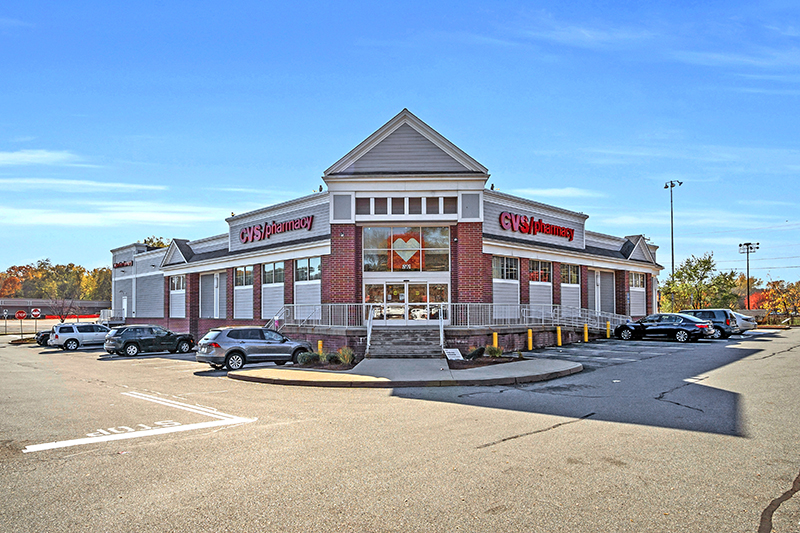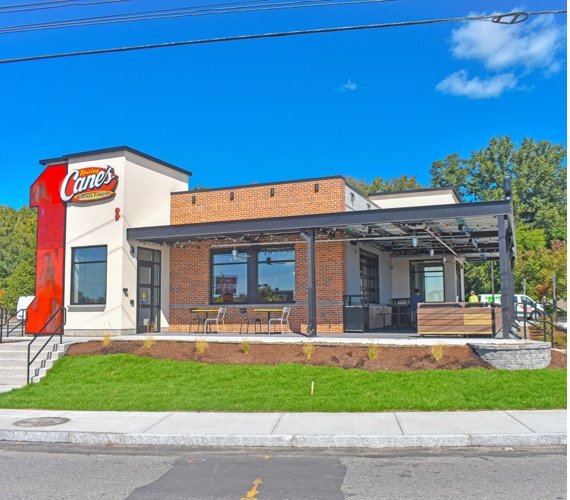Monitoring: Important updates on fire alarm communications impacting dependability - by Tom Norton

Service Company, Inc.
At this time last year, I described significant changes impacting fire alarm communications and signal transmissions. The specific changes surrounded the phase-out of copper telephone lines (POTS – plain old telephone service), the increased use of Ethernet monitoring, sunsets of 2G & 3G (cellular), and changes in Massachusetts Building Code 9th Edition which now references NFPA 72 - 2013 Edition. (See NEREJ article - Monitoring for fire alarms; Are you ready for change? What you need to know, August 25-31, 2017.)
What do these changes mean to building owners and facilities/property managers? One of the major outcomes is that the telecommunications companies are no longer supporting copper telephone land lines. Recently, we have detected an unintended but serious consequence of the replacement of these lines by providers. If your fire alarm communications are driven through these lines or through the replacement of these lines with fiber optics, they may not be reliable or meet the minimum requirements for redundancy and backup.
Updates & New Challenges
As copper telephone lines are becoming obsolete, they are being replaced by fiber optic technology. However, due to the increase in amount and type of data being transmitted over the various communication paths, different types of filters are being applied. The reality is that the types of filters applied to the fiber network are preventing and blocking some alarm signals from transmitting from the building alarm communicator to the central station receiver monitoring the alarms. The filters identify old-fashioned dial tones as “noise” and blocks the tones. In other words, the analog (legacy) signals are being filtered out in support of new data.
Failure to Communicate
The bottom line is that the central station industry is logging an increased number of “fail to test” occurrences, which in some cases, can be attributed to the use of these filters.
What is the answer to this new conundrum? At NOREL, we have relied on primarily the Ultra High Frequency (UHF) wireless telemetry radio network and in some instances, the cellular option.
Cellular
Anticipating how changes will impact your alarm systems allows you to plan for the future. However, the cellular option comprises its own set of challenges: 2G is obsolete, 3G will be sunset soon, and the ever-changing telecommunications field is racing towards 4G, 5G and 6G. That means that cellular users will be looking to continually upgrade their equipment. As most of us know, we have little control over technical upgrades in the cellular world not only with fire alarms, but with our phones, tablets and other devices.
Wireless Radio
Wireless mesh radio provides multiple paths between building alarm panels and the alarm receiving station. The networks are operated and maintained by individual alarm companies who monitor them.
Telemetry radios operate in a band of spectrum that is set aside for data and alarm communications only by the FCC. While the subscriber features are frequently improved upon, this UHF transmission method has remained unchanged for many years. This stability offers an advantage over cellular as while the features improve, the method of transmission does not. This allows new and older units to talk on the same system for years, unlike cellular. For the end user, this means keeping the same equipment for longer, with no downtime.
Also of note, the telemetry radio system is self-managed. The provider owns the operating frequency and, in most cases, the related equipment. When there’s a problem, there aren’t multiple providers involved. With cellular, there is the end user, their alarm company, the provider network (such as Honeywell, DSC, NAPCO, etc.) and the cellular company (such as Verizon, AT&T, T-Mobile, etc.) so when an outage occurs, it can be a failure in any one or more of these networks/systems.
Choose Radio
NOREL employs and endorses the use of a mesh radio network. Along with the radio network infrastructure’s proven history of reliability and redundancy, we feel strongly that this type of network provides more control and flexibility. We have the capability to continually monitor the status of the network without relying on a communication carrier. This technology also allows for redundant, multiple paths of communications as each unit is a transceiver (both a transmitter and receiver); this allows all field subscriber units to “help” transmit signals throughout the network. If one goes down, another can assist in passing signals.
Ultimately, upon evaluating and choosing the best method for your alarm communication systems, just remember the three “R”s: Radio, Reliability, and Redundancy.
Tom Norton is the president of NOREL Service Co., Inc., Waltham, Mass.
Mace of KeyPoint Partners negotiates 36,192 s/f lease for The Picklr at Endicott Square
Danvers, MA KeyPoint Partners (KPP) negotiated a lease with the nation’s premier indoor pickleball venue The Picklr at Endicott Sq. Vice president of retail brokerage Don Mace negotiated the transaction on behalf of the landlord.




.jpg)



